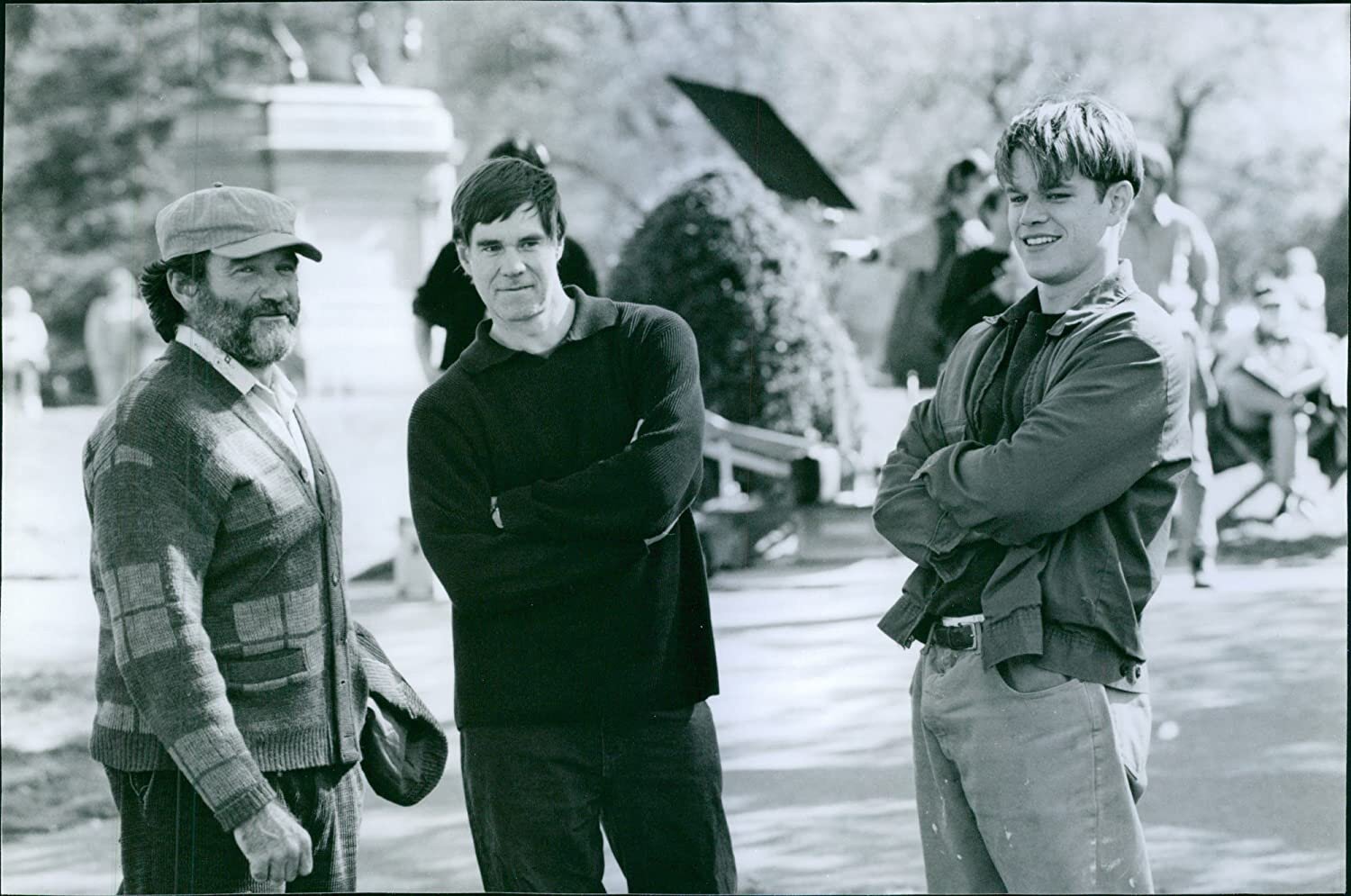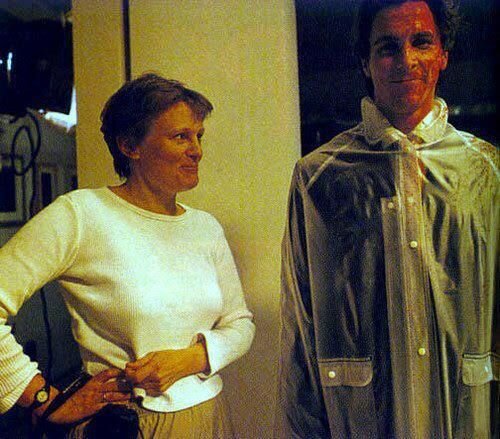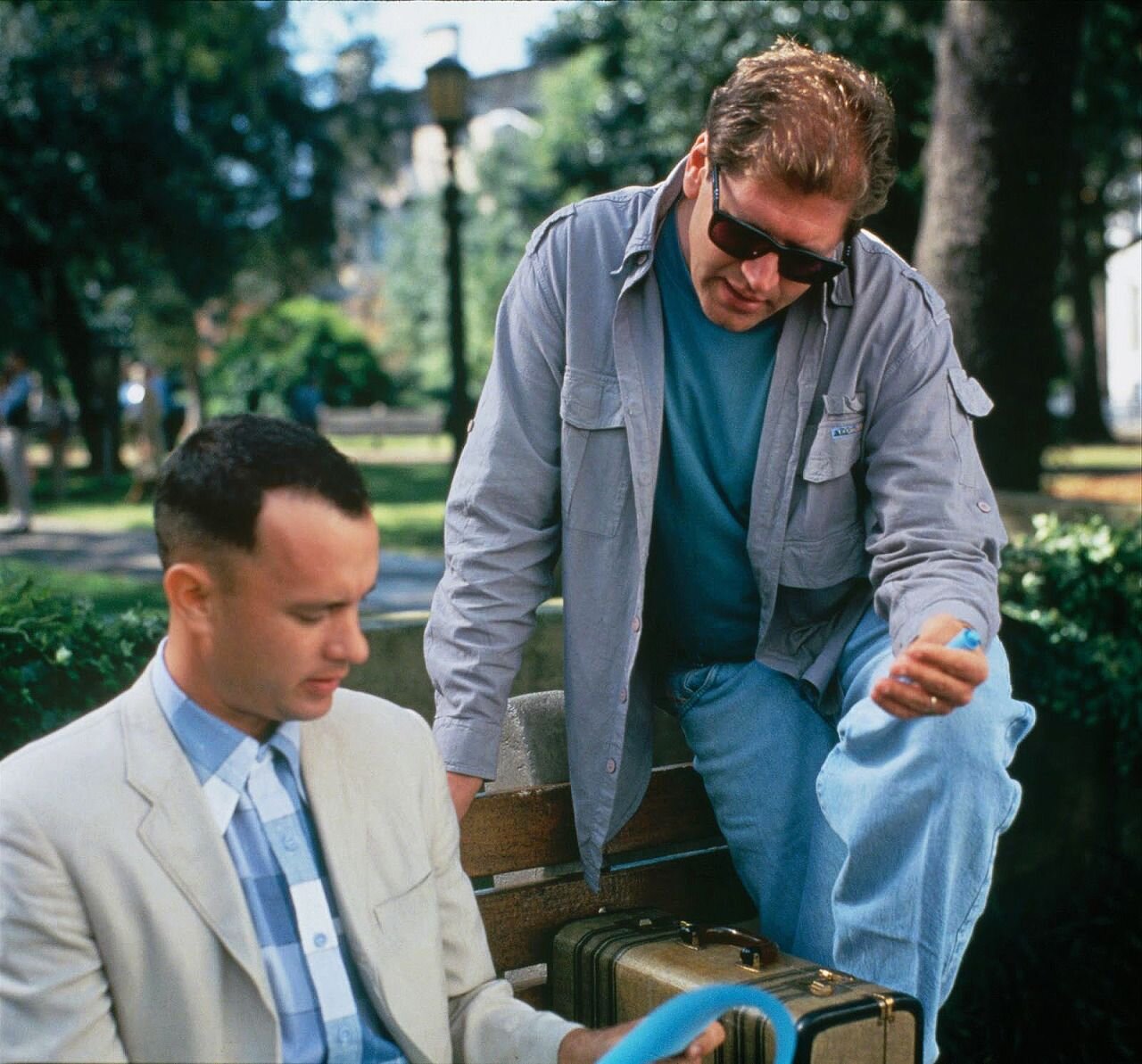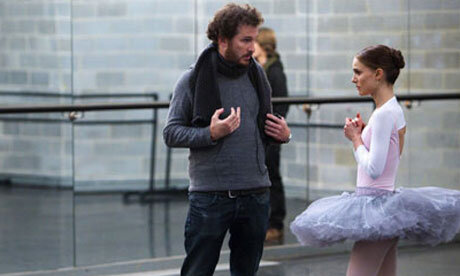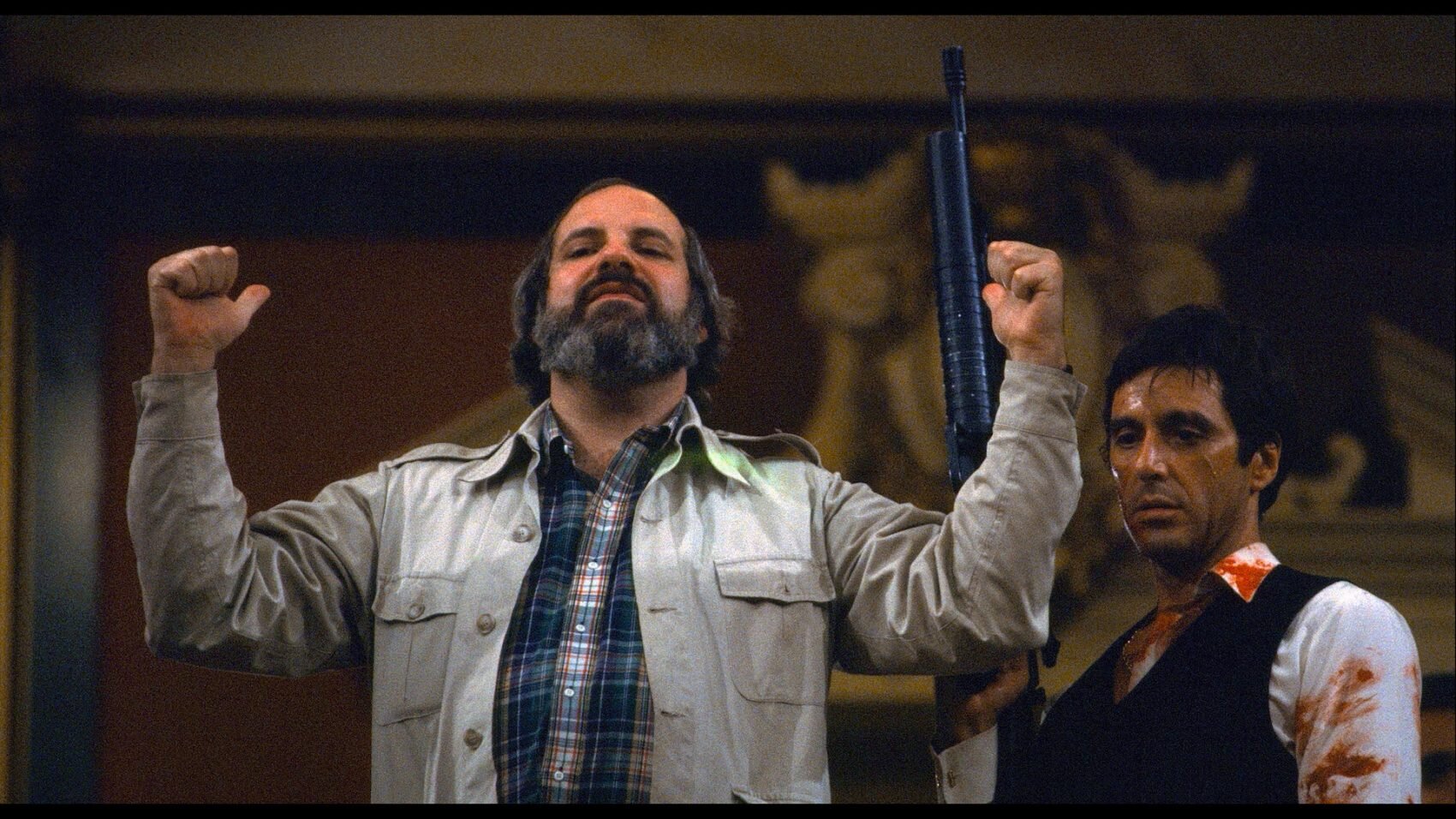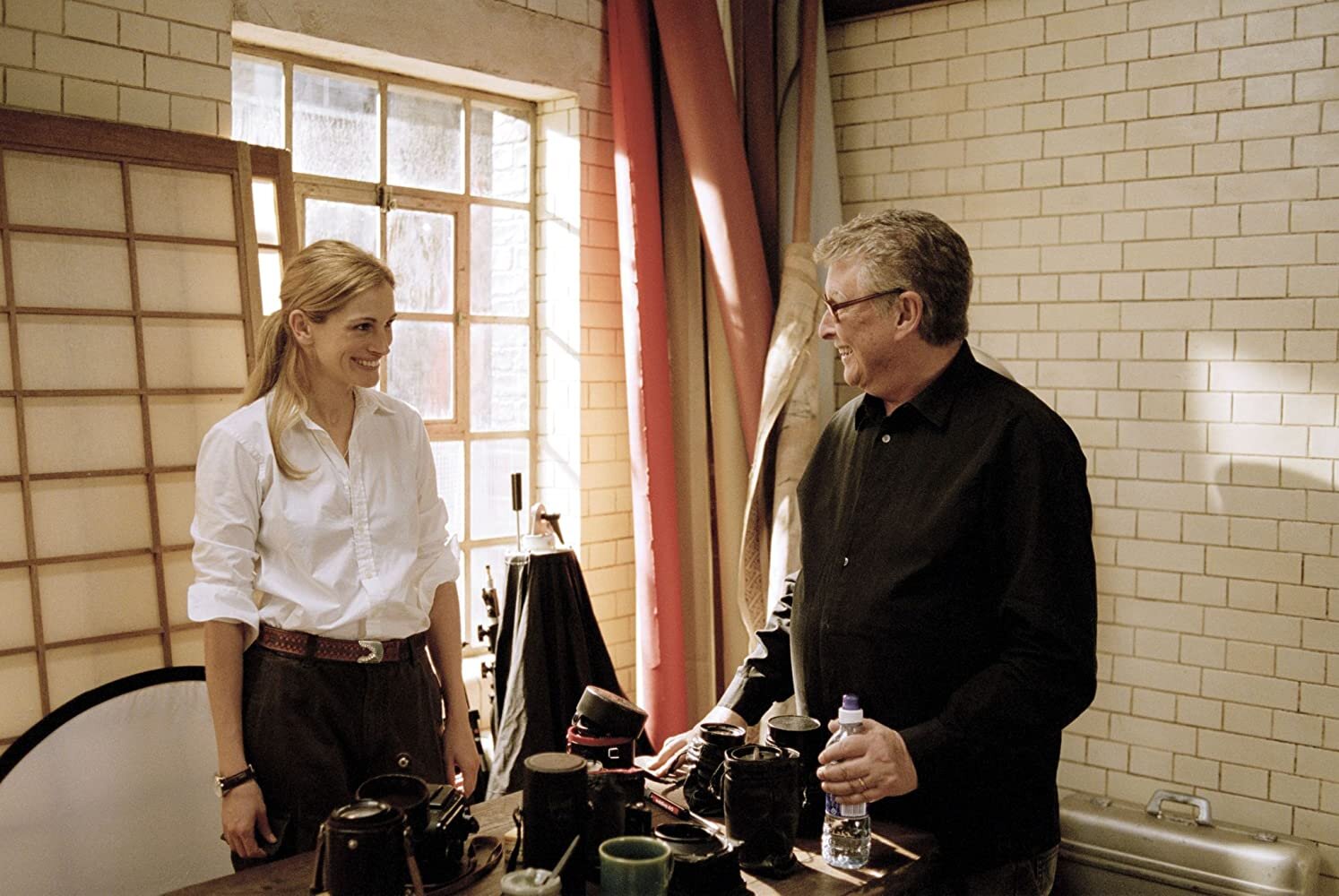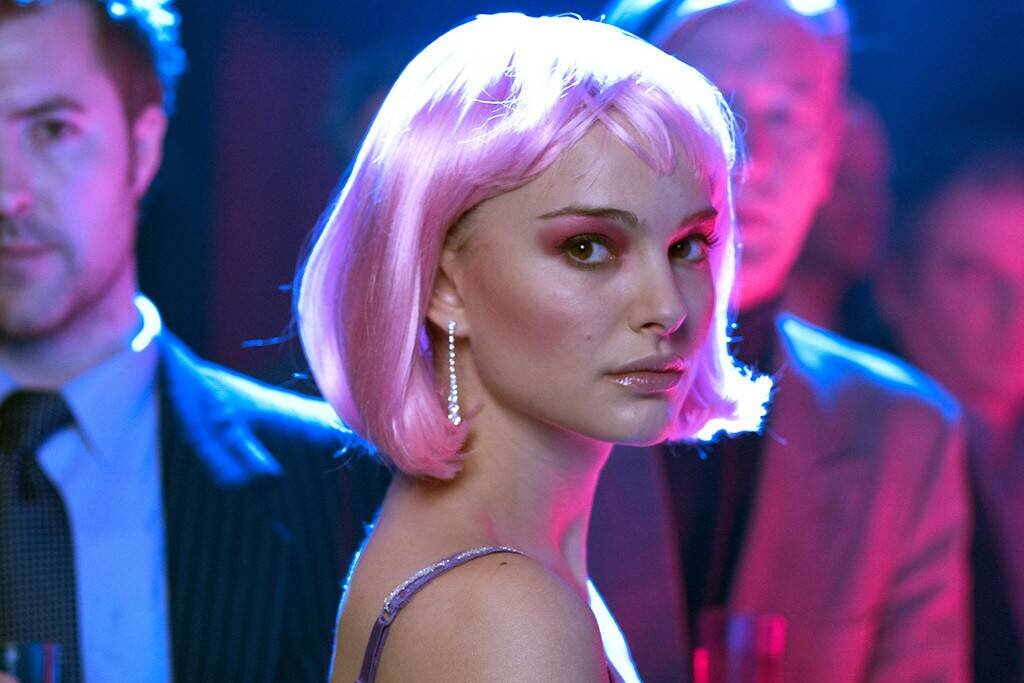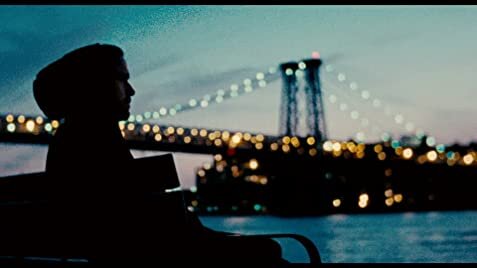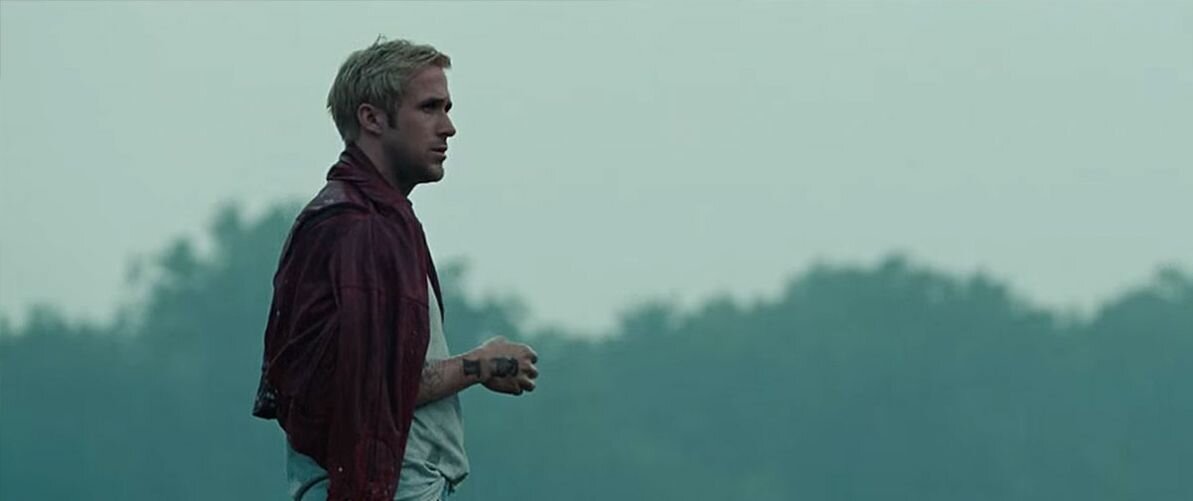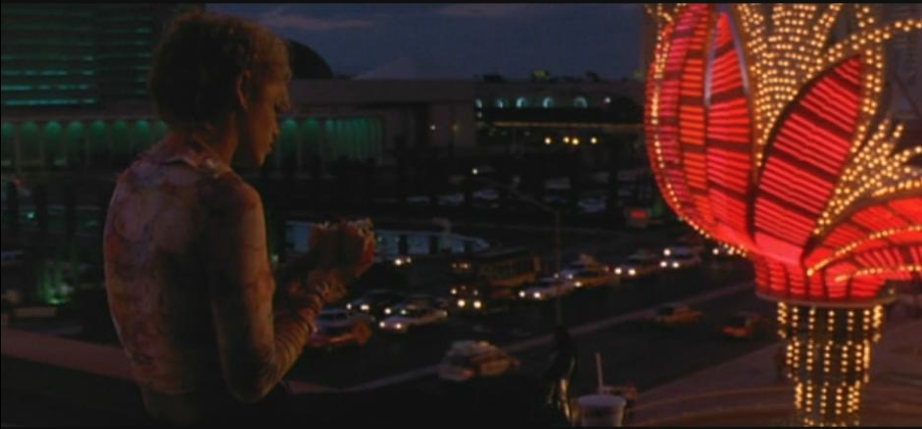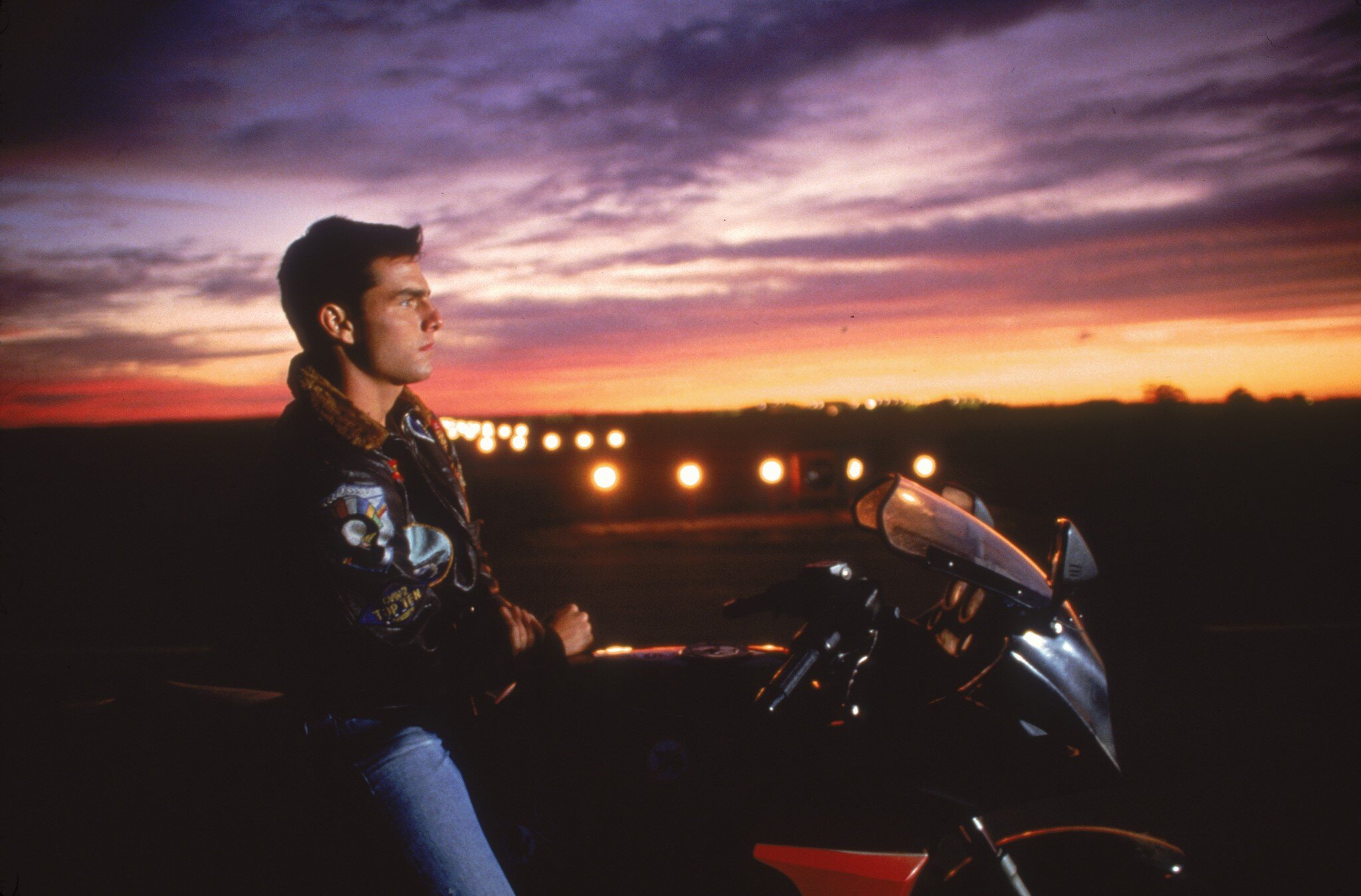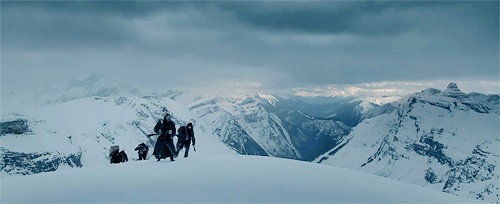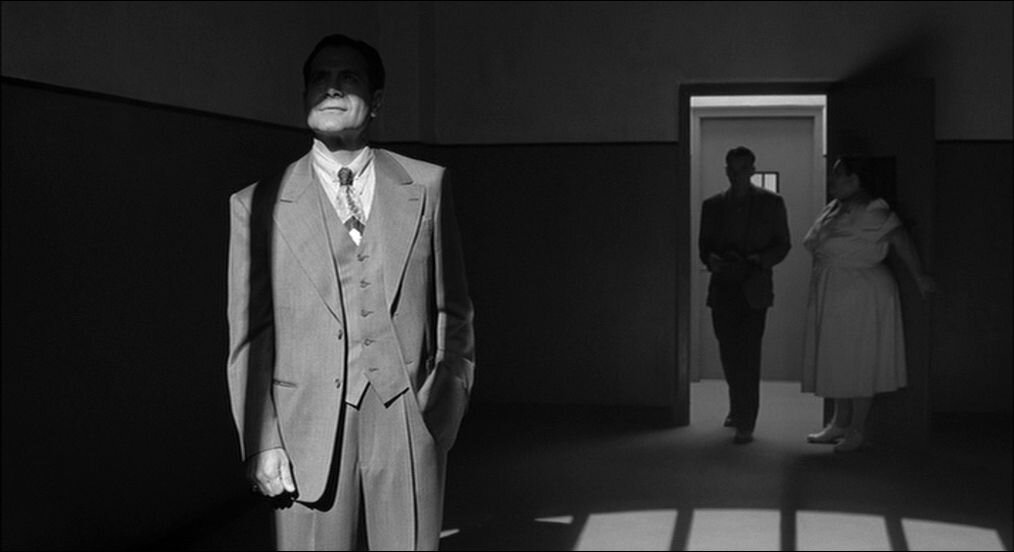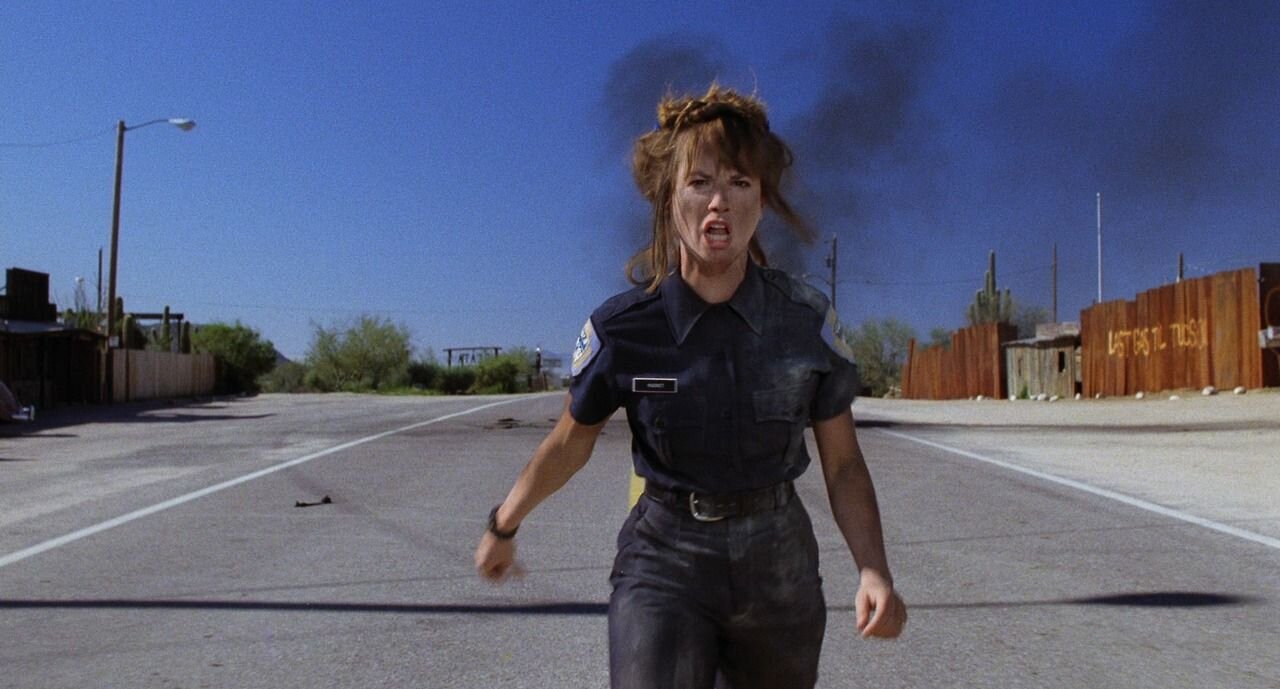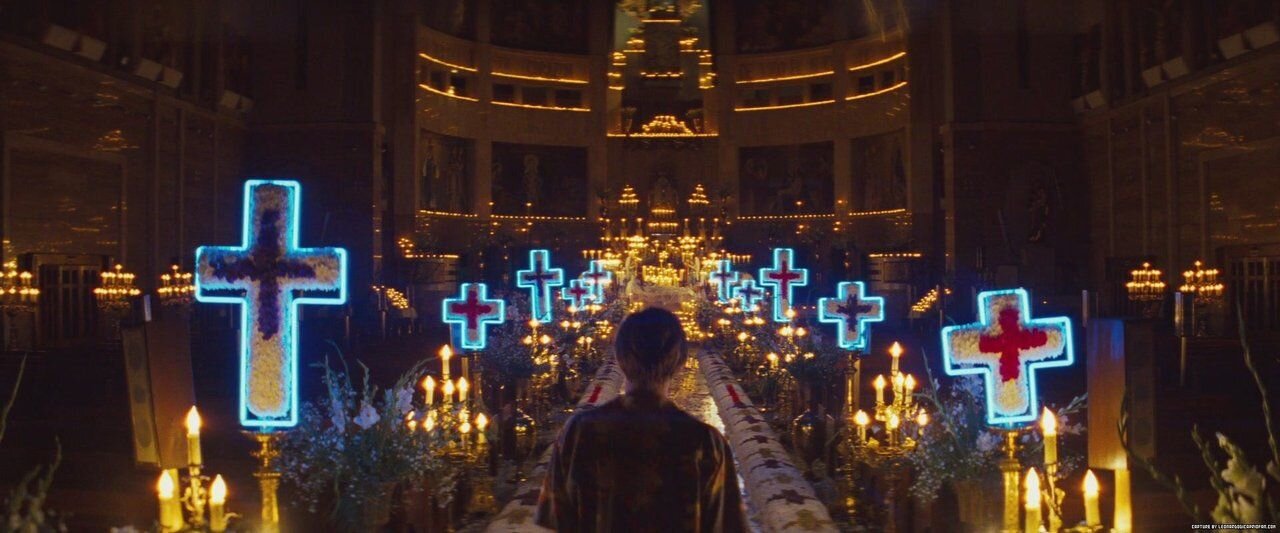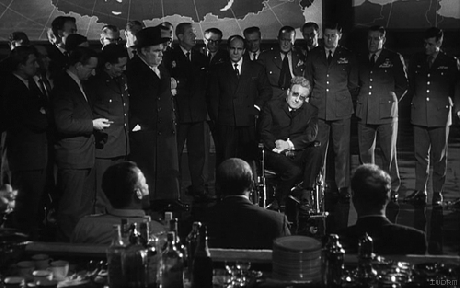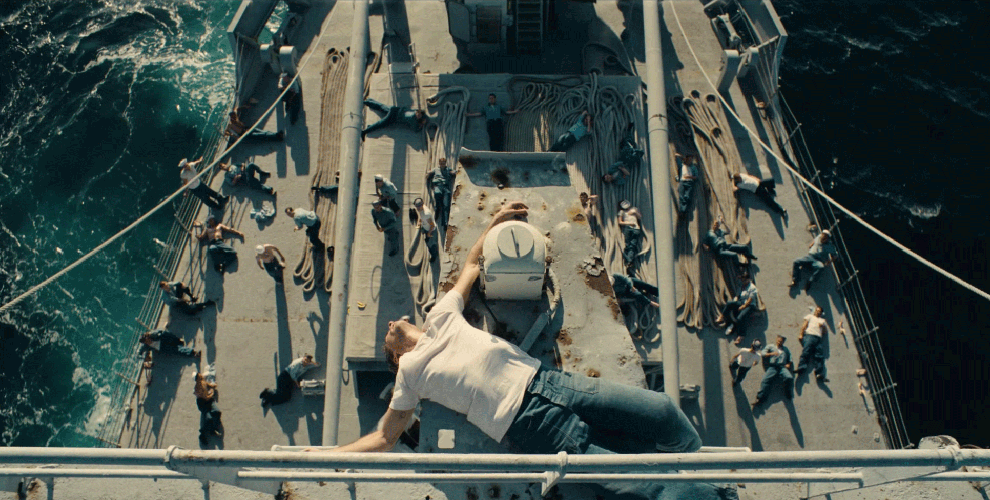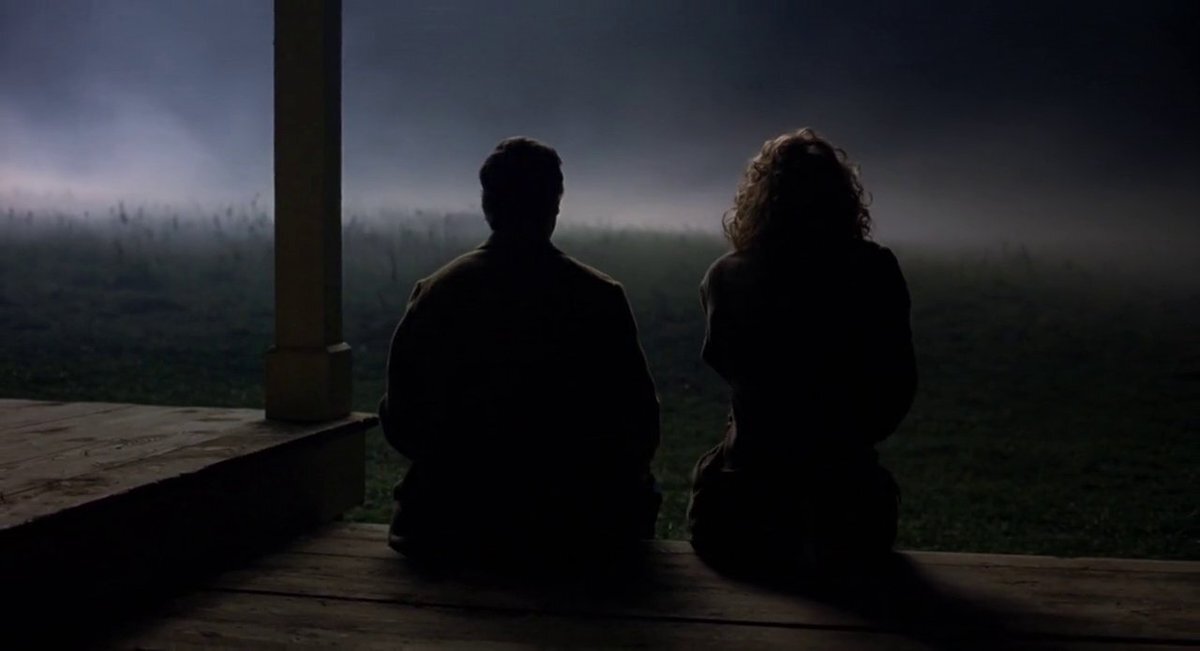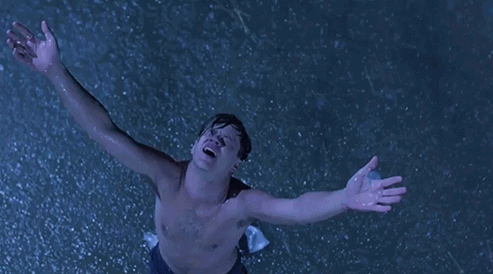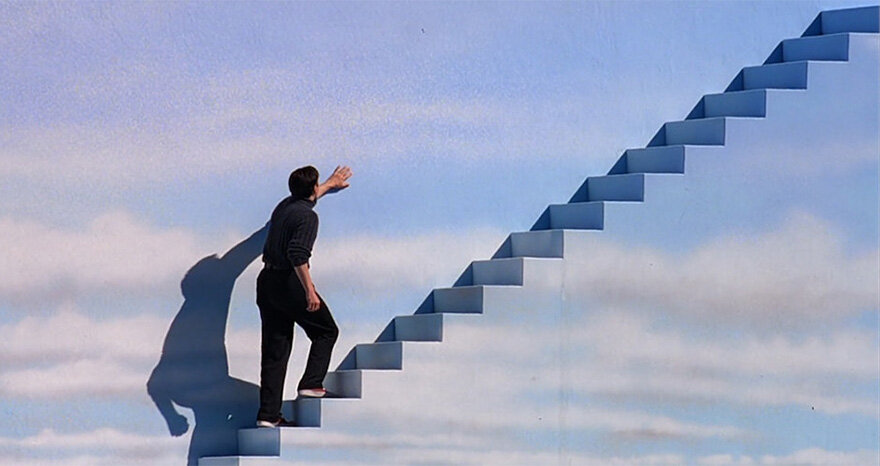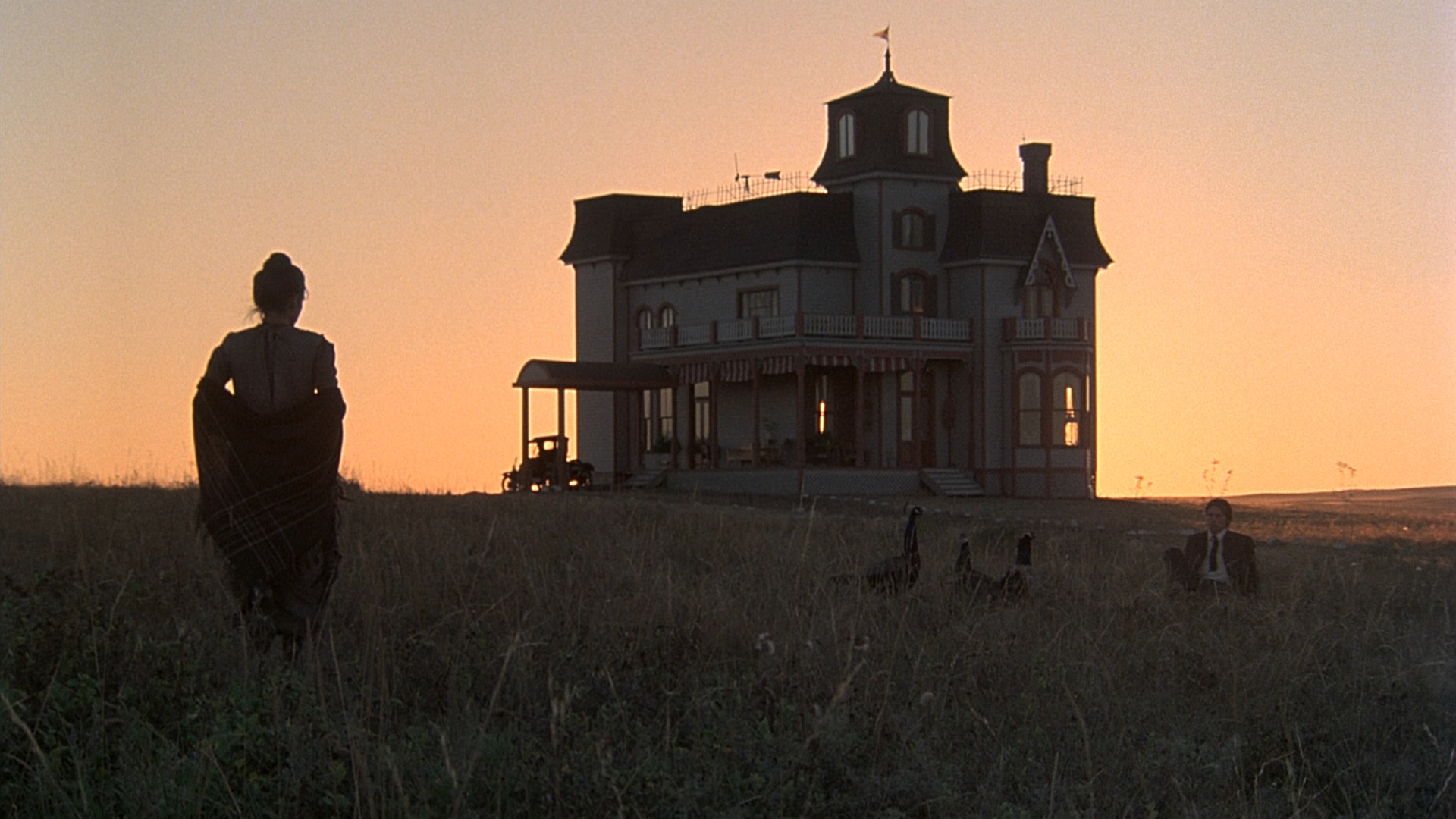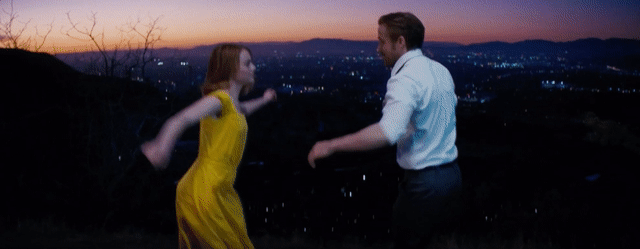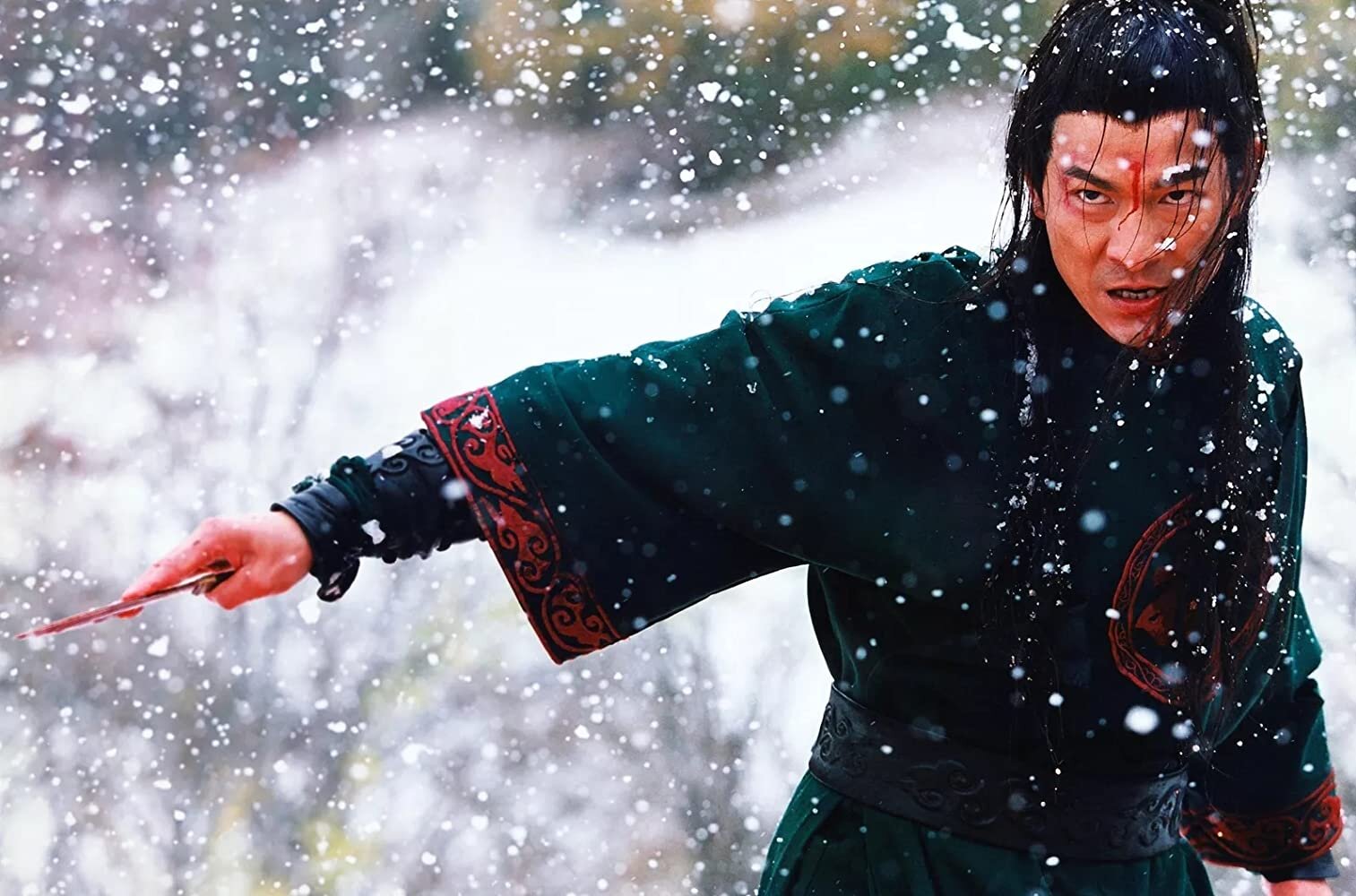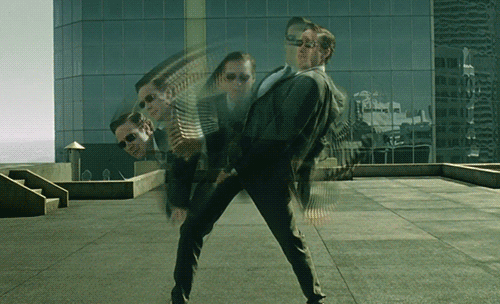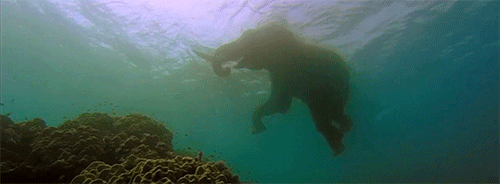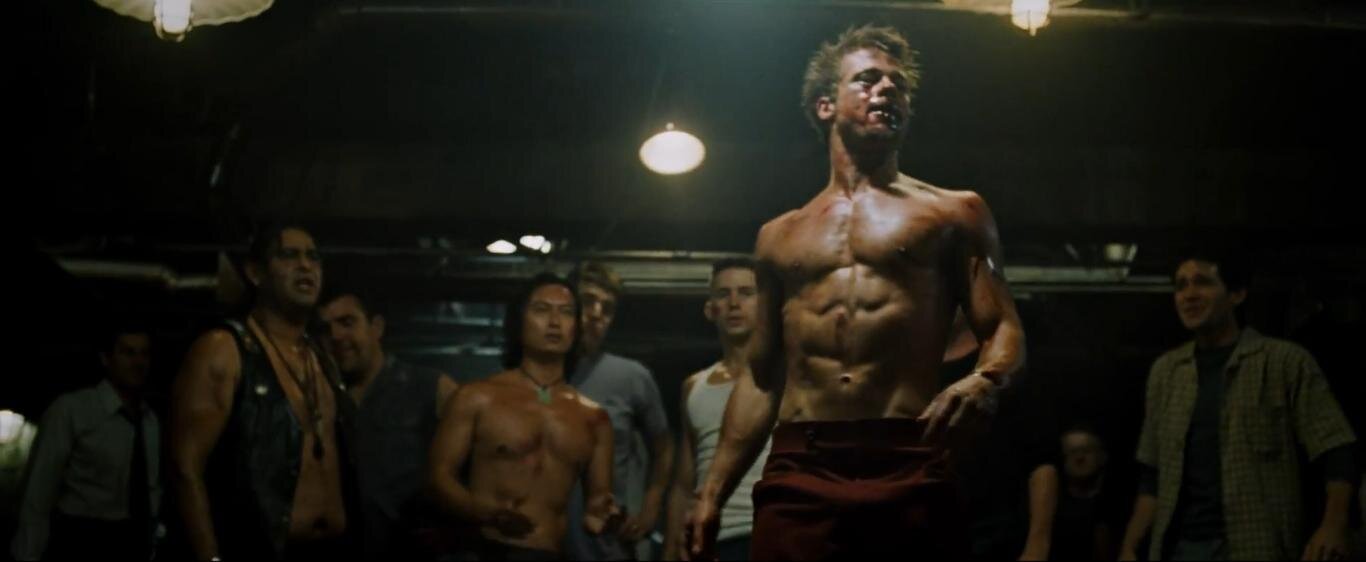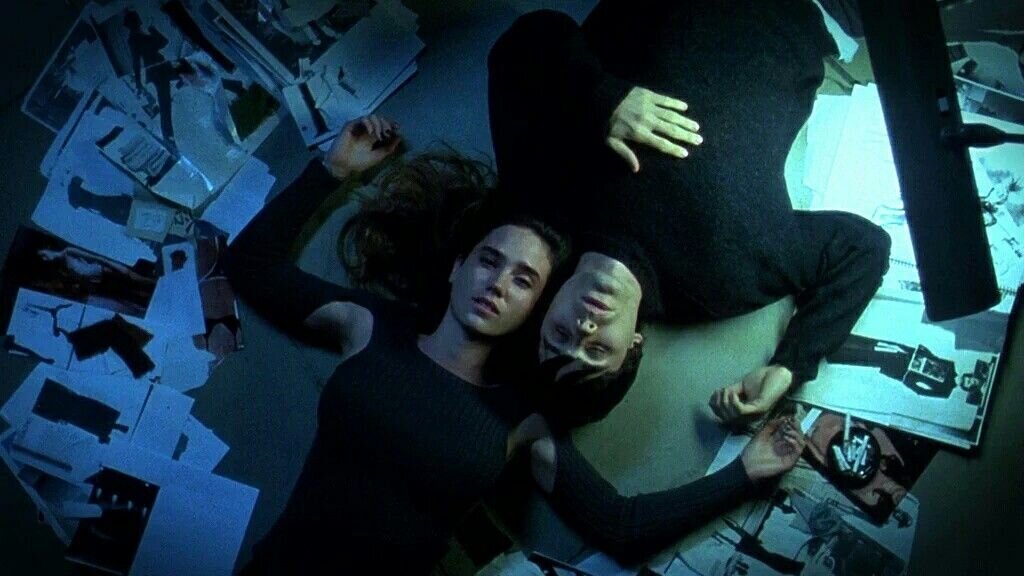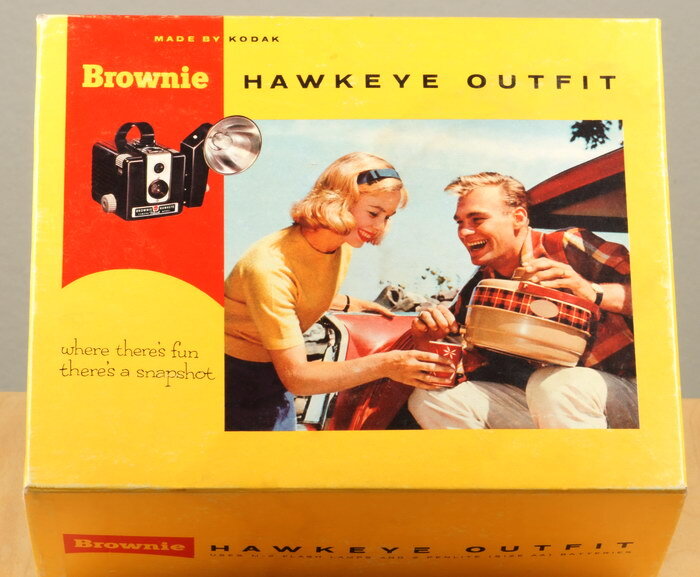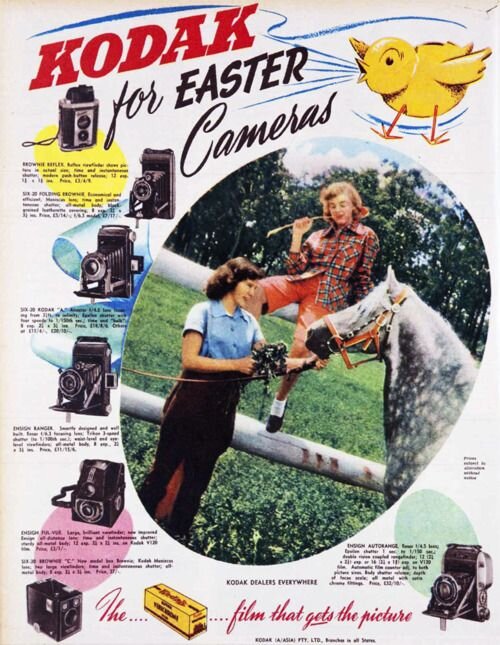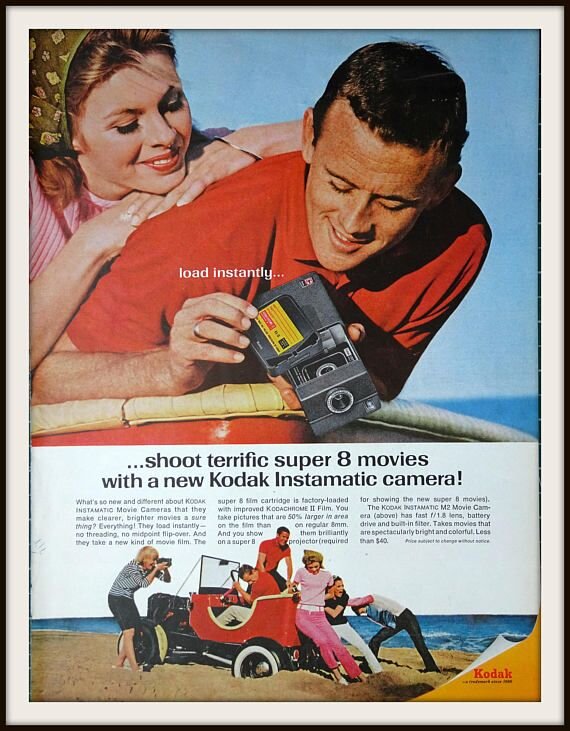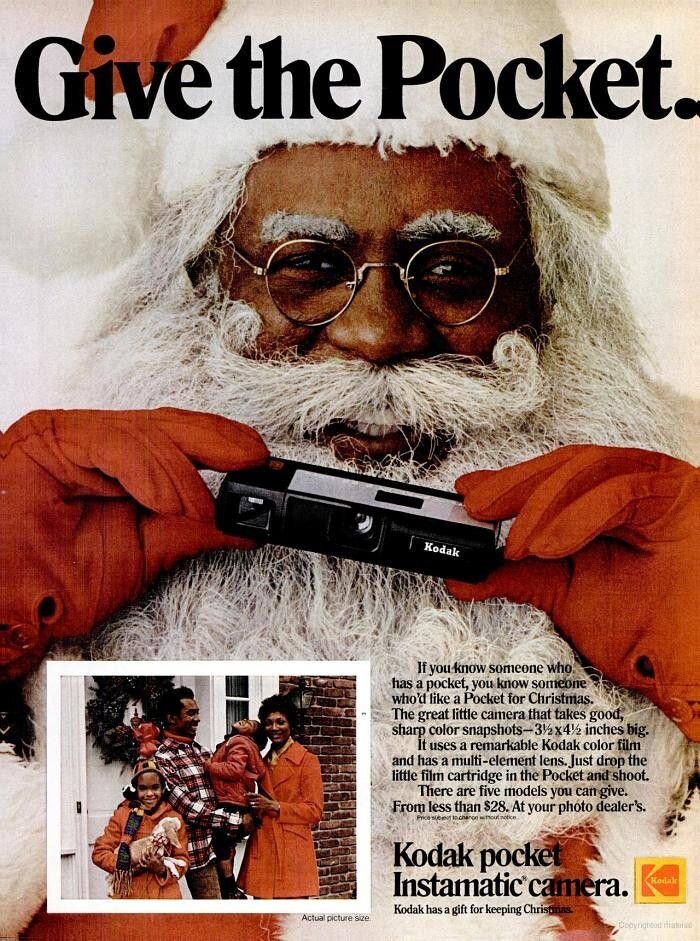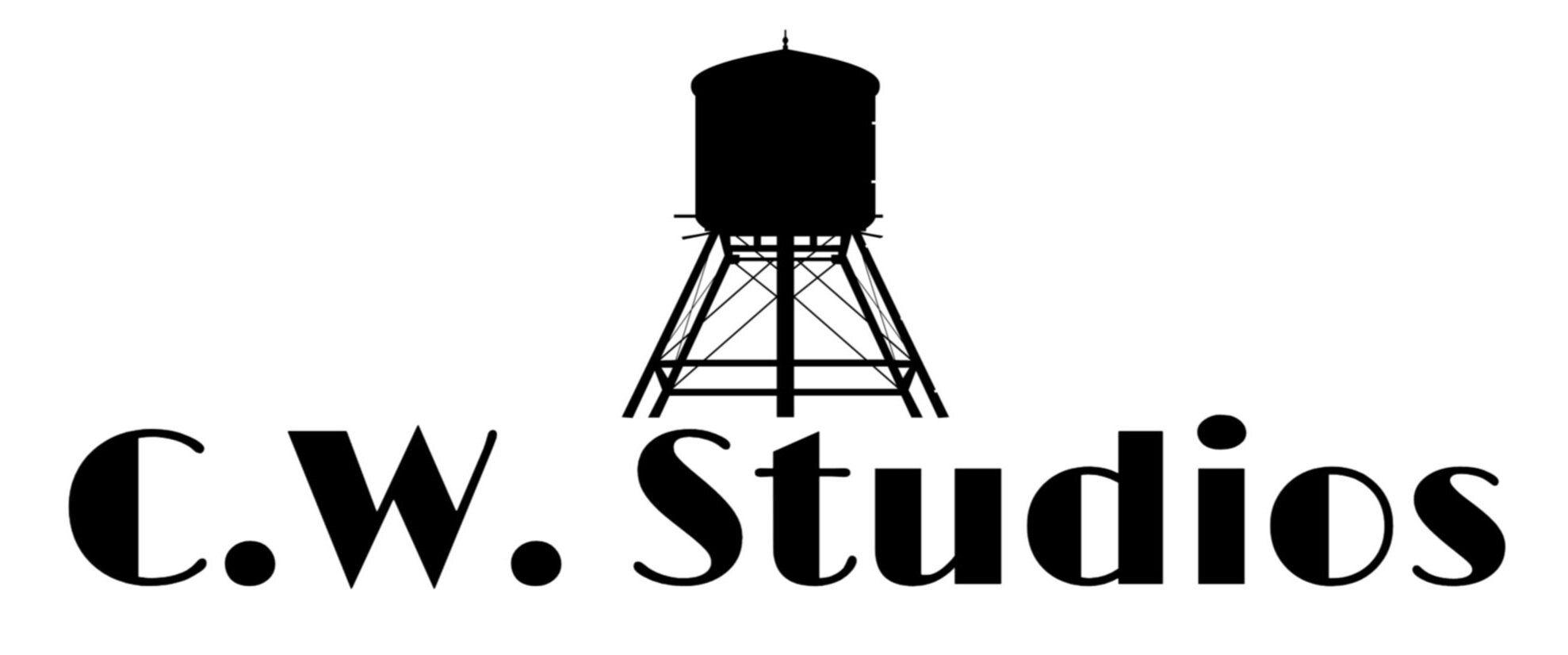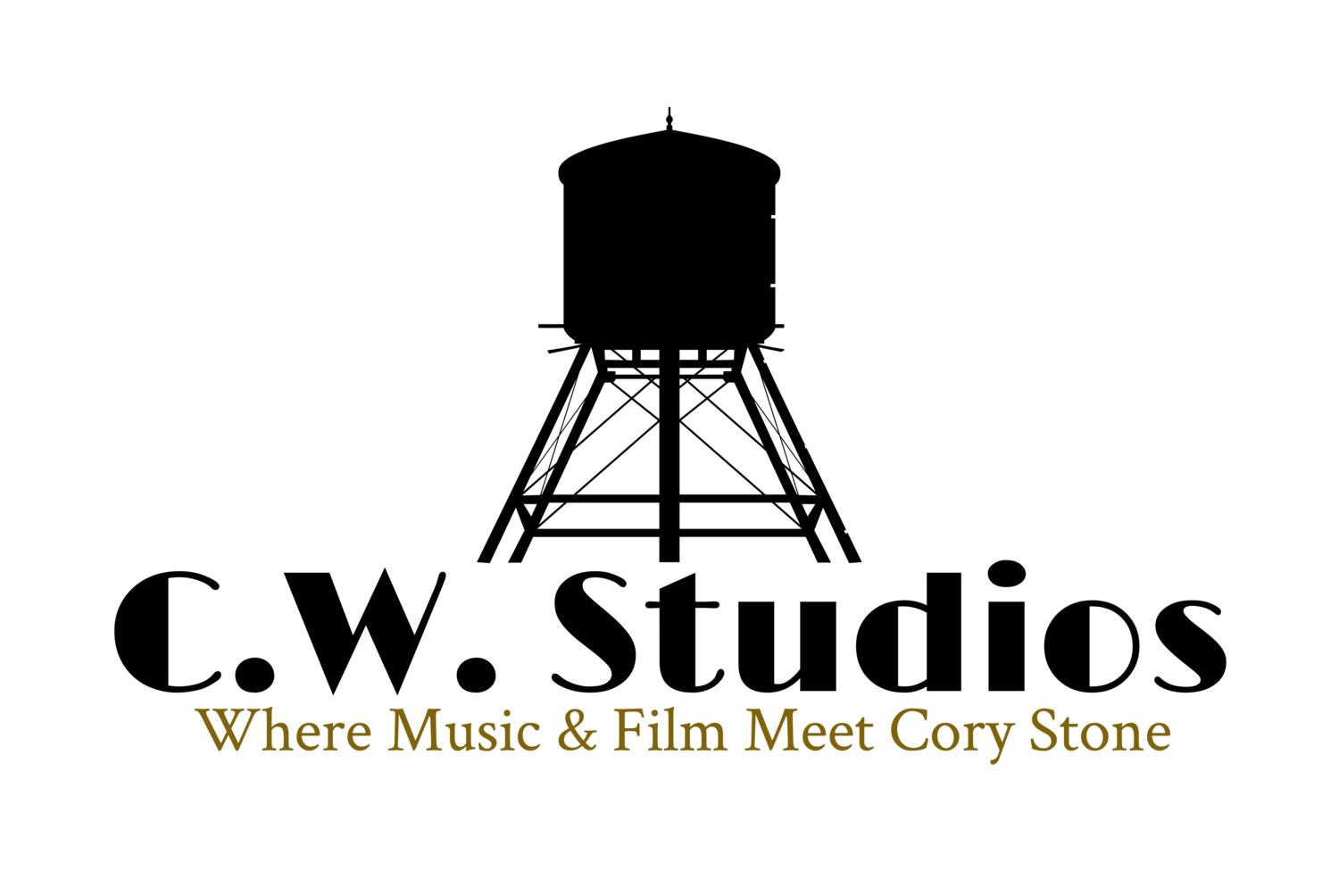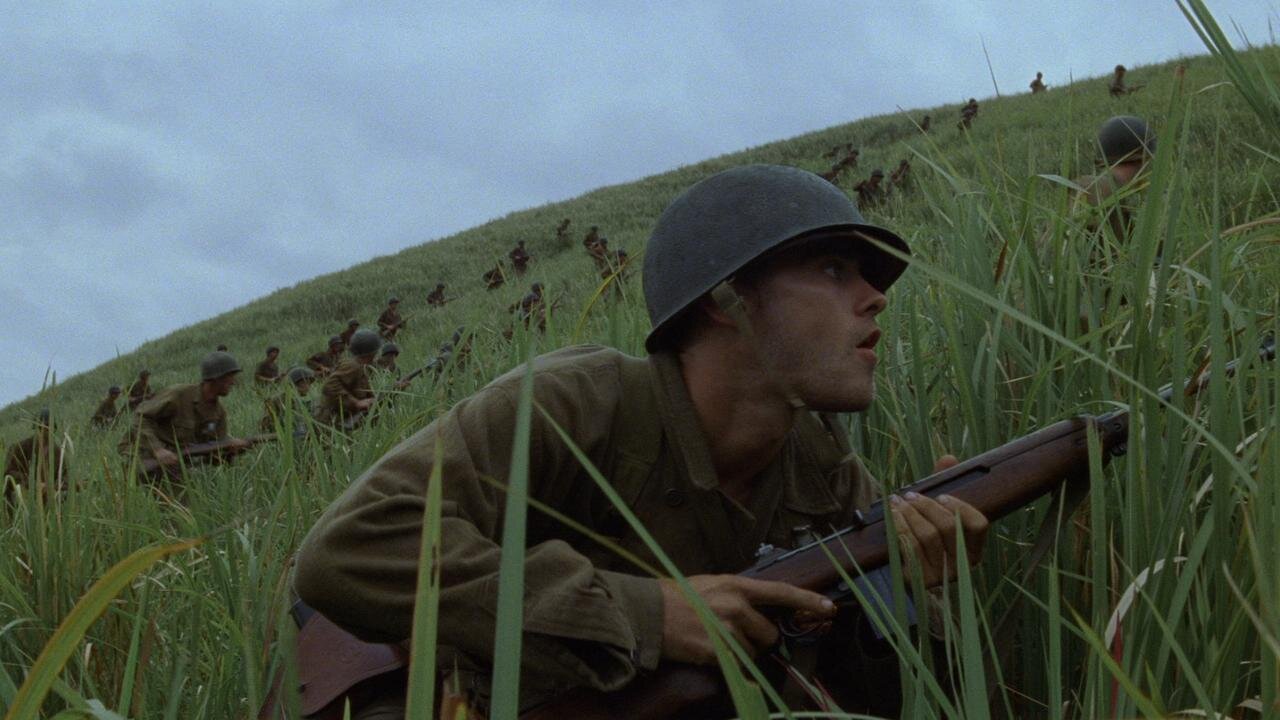
Taking shots at
The Camera Spot

This part of C.W. Studios is dedicated to the camera and the artists who work behind it, to create some of the greatest work we’ve ever known. The camera is our eye into another world, and with the help of many directors and cinematographers, that eye often becomes our own.
Starting it off here at The Camera Department, we have a real treat for you. This is perhaps C.W.'s favorite directing sequence of all time. It is a 6 minute continuous tracking shot, with no cuts or breaks in it. Notice as you watch the un-repeated flow of movement where the camera never cuts away once. This is director Joe Wright’s brilliance from his beautiful, gorgeous, war epic, Atonement (2007). On the beaches of Dunkirk, our main character played by James McAvoy walks through a war torn Britain during the end of World War II. It is truly incredible and paved way for films like 2014’s Best Picture: Birdman, which essentially features one continuous tracking shot the whole movie.
This shot does not get enough credit… and here at C.W. Studios, it will! Praise and credit to Director Joe Wright and Director of Photography Seamus McGarvey.
Enjoy.
Wow! Can you imagine the amount of preparation and rehearsal that went into that? We applaud Mr. Wright, and all cast and crew for giving us one true and pure cinematic moment. Now, to the equipment that makes all film possible. To the tool that no filmmaker is without…the camera.

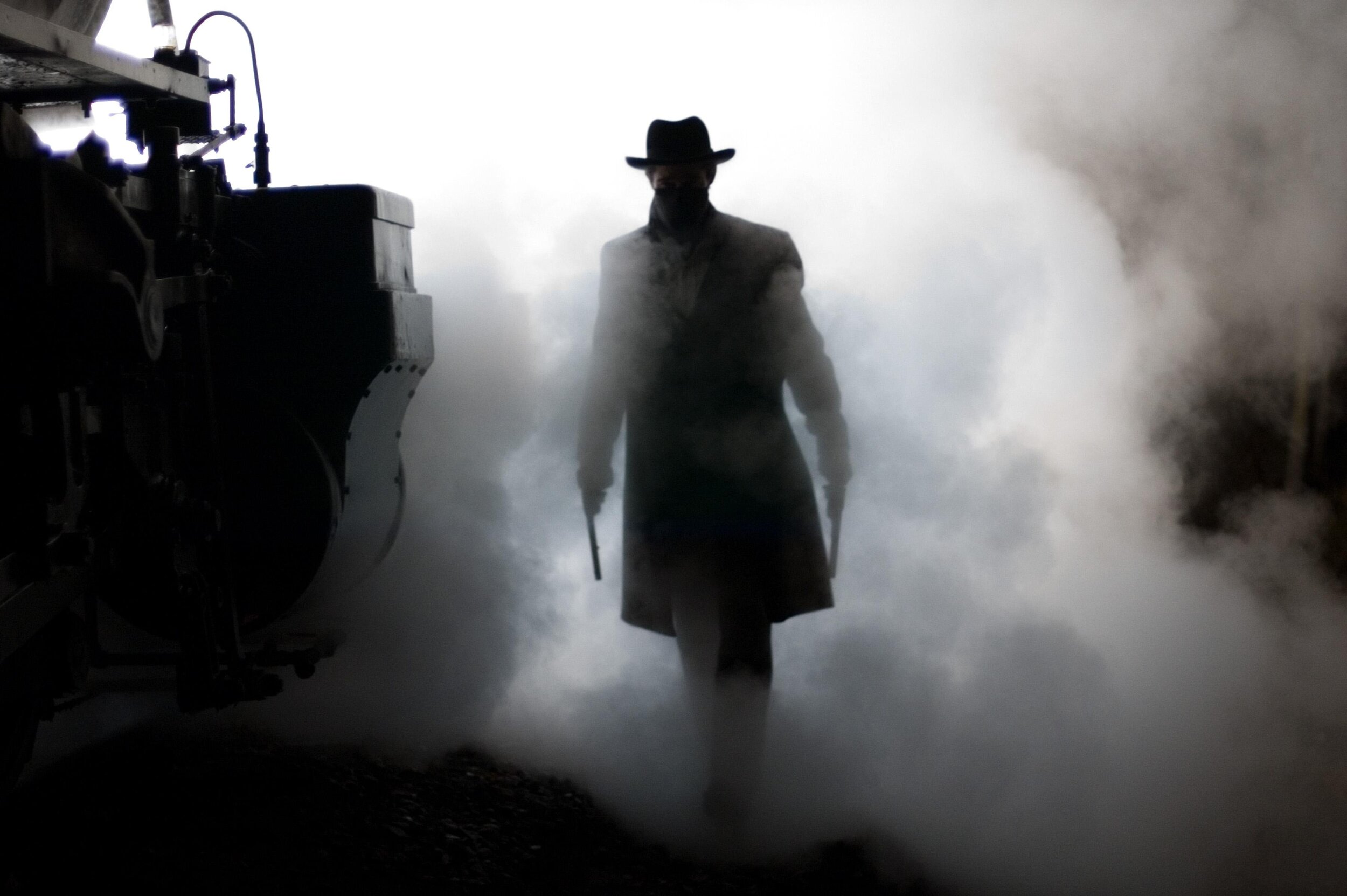
Welcome to The Camera Department
@
C.W. Studios


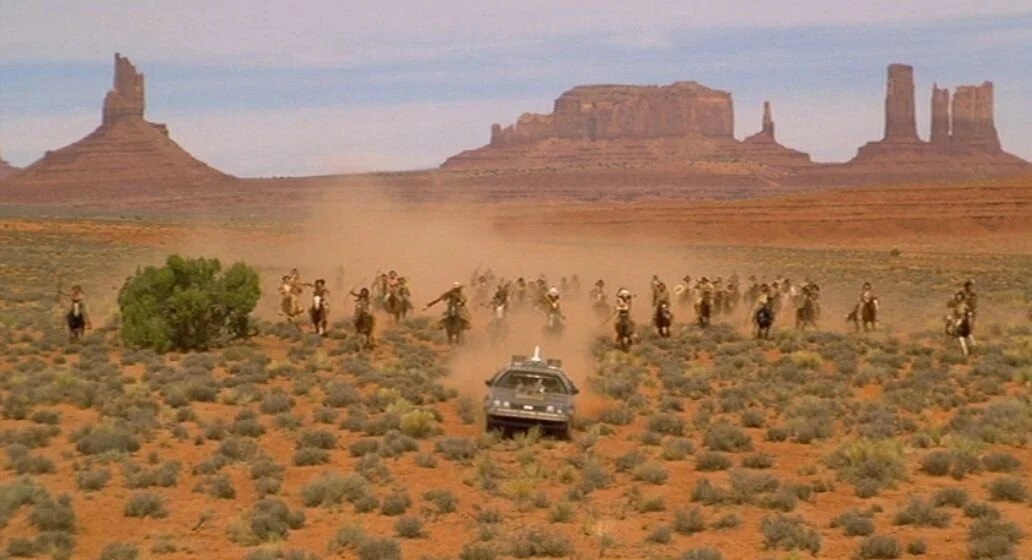
The place where westerns reign, and your cinematic views come true.
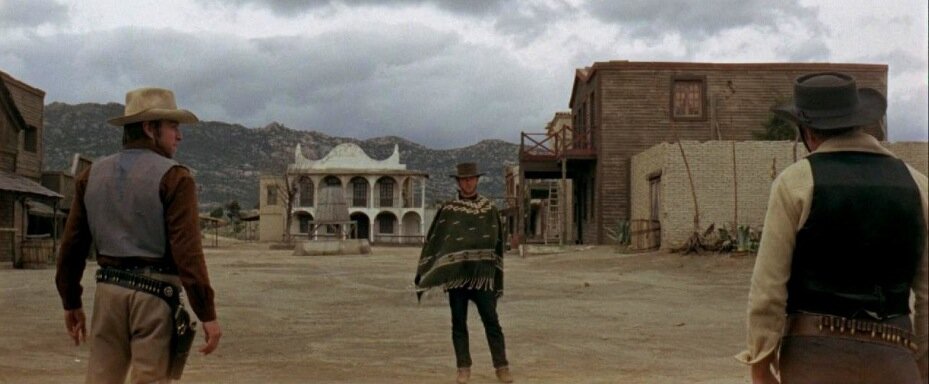


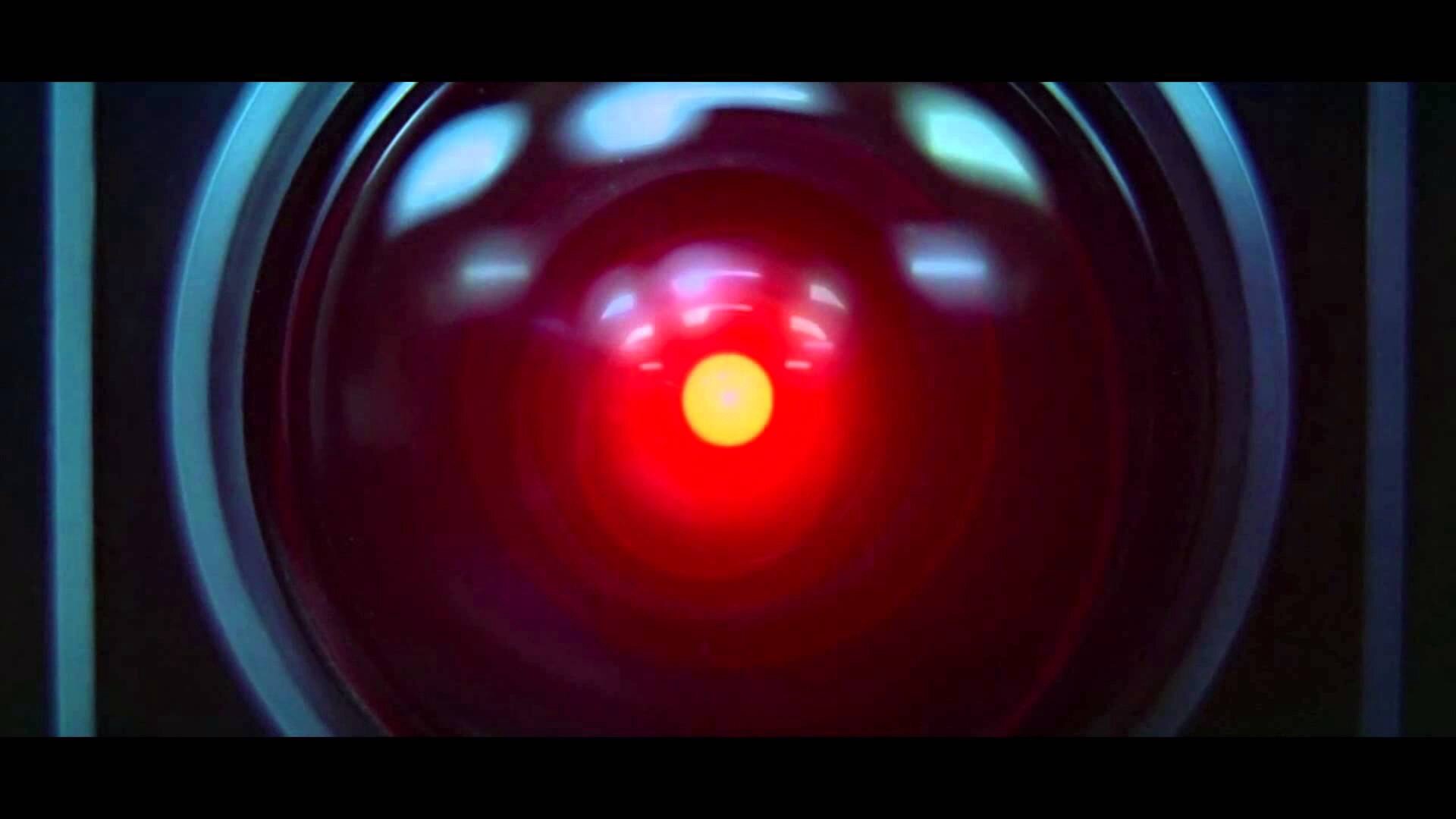

C.W.’s Camera Collection
C.W.’s eye for film spreads to camera lens as well. The camera’s below are what make up his collection. In our gallery, we’ll tell you a little information about the cameras, when they were made, and what they do. These were given to him as a gift and since then, he’s been learning more about vintage cameras and has even been inching his way into film photography. The more hobbies the merrier, he always says. They are a remnant to a time he wish he could live in… and his favorite decade in time. He’d like to go back there with you now. To a time when the young, desperately handsome John F. Kennedy had just taken office and America’s future was promising and destined for new change and opportunity. The year was 1963 and these are pictures of the cameras from the period. Photos of cameras, cameras taking photos of cameras.
Oh, the irony…
Kodak Instamatic 100 Camera
Made between March 1963 and June 1966 by Kodak. It was one of the first Instamatic cameras released in the U.S. by the company (named for its easy load 126 cartridge film capabilities). The Instamatic has a pop-up flash and shoots on a 43mm lens. It was sold for $15.95 during the time. I bet JFK had one of these bad boys and took shots of Jackie… or Marilyn with it…
Kodak Brownie Hawkeye Camera
The Flash Model
Developed by the Eastman Kodak Company in Rochester, NY, this camera is even older than the Instamatic and sold for $5.50. Manufactured between May 1949 and July 1961, it was one of the most popular Brownie models Kodak made and C.W. has three Brownies (The camera, not the chocolate). I wonder if Billy Wilder used this one on Jimmy Stewart or The Duke during his days at Paramount.
Aries 35 3C 45 Millimeter Camera
Manufactured in Japan around 1957, it cost around $100 back then, which was quite expensive for the era. This is the camera C.W. uses today, and it still works in fine condition shooting on color and black & white film. C.W. has been taking portraits recently of his friends with their favorite movies. He hopes to have his work displayed in the lab when they finish developing in the red room, here at C.W. Studios.
Kodak Brownie Turret Movie Camera
C.W.’s second Brownie of the collection was manufactured and released by Eastman Kodak in 1958. It shoots video in 16 frames per second and has three rotatable lenses attached @ 9, 13, and 24 mm for that preferred video look. It uses 8 millimeter film and has a viewfinder addition on top that looks like a big flip-up target. This was one of the ideal home video cameras for the families new to the suburbs when America was sprawling and reaching for greatness.
The Cine-Kodak Eight Model 60 ~ 8 Millimeter Movie Camera
Now I will introduce to you the oldest and wisest of the bunch, a camera that predates most of our births and even predates World War 2. The Cine-Kodak Eight Model 60 was introduced by Eastman Kodak in the mid 1930's and remained in production well into the 1940's. This camera is included with the vast majority of common amateur 8mm movie cameras used by U.S. citizens at the time. It was one of three models in the Cine-Kodak Eight line (there were also models 20 and 25) and the more advanced model. What a prized possession you are seeing here today.
Kodak Brownie Model 10 ~
8 Millimeter Movie Projector
C.W.’s very own personal home-movie film projector dates back to the late 50’s, early 60’s and is the last in his home-baked goods Brownie collection. With its mid-century modern industrialized design, it really rounds out his collection and is a living remnant of the time and designs in which he is most captivated by. Find out more about mid-century design and decor in The Set and Wardrobe Departments at C.W. Studios.
CRAIG MOVIE SUPPLY CO. Craig Jr. Splicer
The last of C.W.’s collection to complete the entire group, is a Jr. 16 Millimeter film splicer. Made in 1950 by the Craig Movie Supply Co. in Los Angeles, California. It is accompanied by a few tins of film and a film roll. C.W. has a small film studio in his large film studio. Fancy that little camera fact!

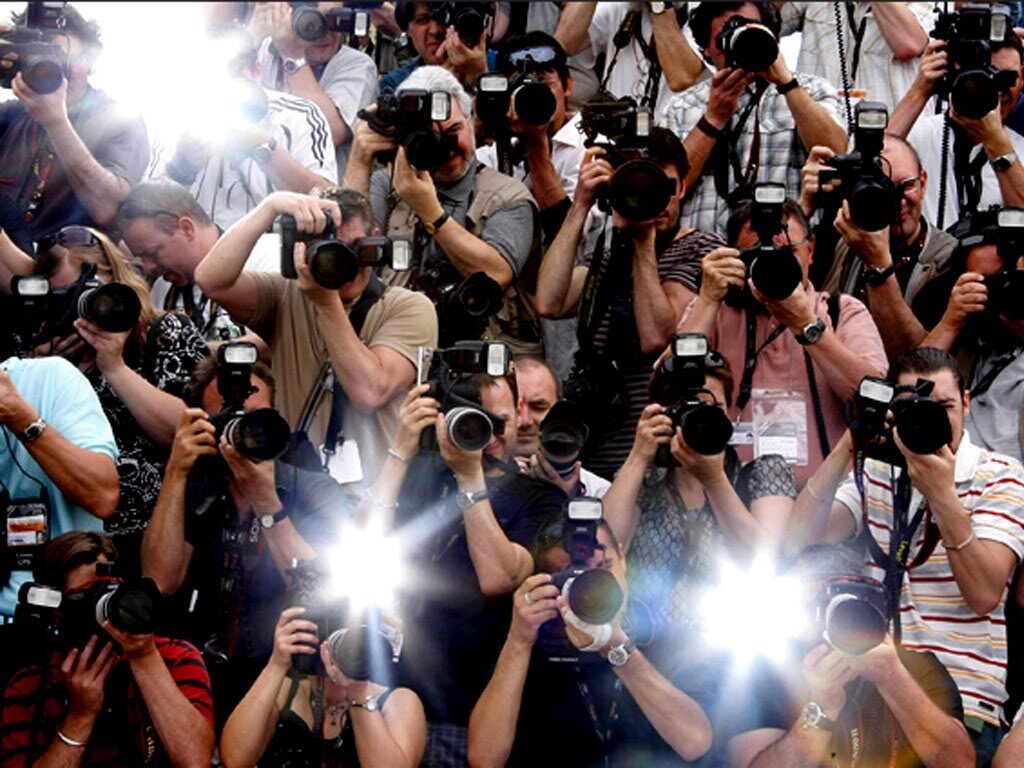
Here’s what else is flash, flash, flashing in The Camera Department…
Cinematography, photography, and direction can really take a film from script (Soundstage 2) and make it a screen classic (Soundstage 6) in no time. The way the light meets the lens to capture a moment, is true visual art. In the good films of the visual medium, the look is everything. Furthermore, the film is even better when it all comes together just right. It’s hard to believe, and even harder to achieve. Collector of cameras and having adopted a recent interest in learning photography himself, C.W. hopes to work with directors who can make his film visions come to life. Below is a gallery of C.W. Stone’s favorite directors, ones he hopes to work with one day. As you will notice, you can see he likes the Writer/Director combo... We wonder why...
You can also browse some of his favorite shots on film, as we move out of the western to welcome all films and their artistic natures. Can you guess the titles from the movie stills?
Make sure you check out a closer look at his cameras, and some old vintage mid-century to modern advertisements before you head into the next department.
We hope you are enjoying yourself on the tour of his… I mean, your life!

